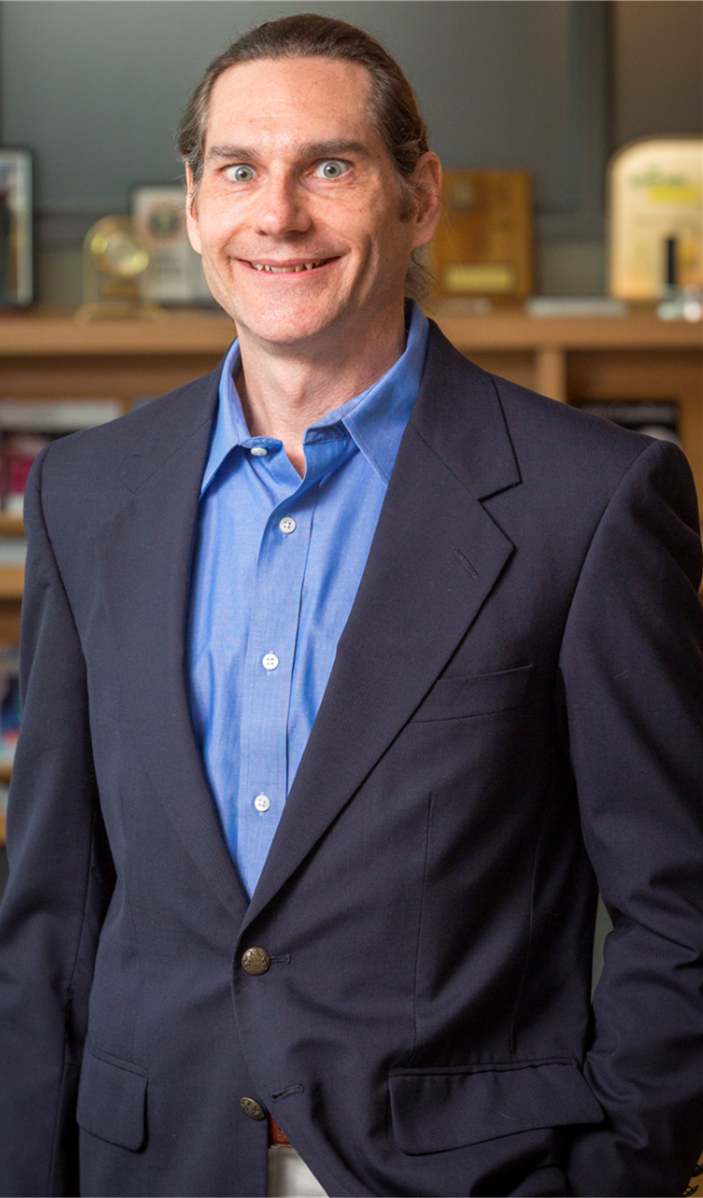Have you identified that your facility is experiencing a potential air balance problem? You might be experiencing doors that are hard to open, uncomfortable temperatures, poor smoke capture, odors, drafty areas, or any combination of the other common sick building symptoms. The inevitable question at this stage is, “Who is best to resolve this?” Bringing in your facility’s mechanical contractor may be your first instinct, but troubleshooting with your on-site managers is actually the best place to start. Work through the following areas with your facility’s day-to-day manager:
#1. Is the Equipment Running?
As basic as this may come across, it is absolutely crucial to check if all HVAC equipment is operating. Check all grilles to see if air is being blown out or sucked in. Check the equipment on the roof — can you hear the fans from the rooftop unit, makeup air unit, or exhaust fan units spinning? Have the manager record and communicate findings.
#2. Check the Thermosats
Navigate to the wall-mounted thermostats and ensure that they have the proper set points. Often, a thermostat is installed and connected to the system and then left alone. When this occurs, the thermostat is left at a factory setting, which is often set at a random temperature — maybe even 100 degrees Fahrenheit! Your staff should be able to follow the directions on this thermostat to program it for the desired temperatures. Also, check the thermostats for “Fan ON.”
#3. Check the Circuit Breakers
Check your indoor and outdoor circuit breakers. Observe if any of them have tripped or been switched to “Off.” If you find them in the "Off" position, DO NOT flip the breaker back on. If it is tripped or left off, there is likely a reason for it and you don’t want to risk frying the electrical systems. We recommend calling an electrician for this type of deficiency.
Armed with your findings from these simple tests, you may have been able to save some money with a DIY fix. It’s possible that the journey back to a healthy building ends here. But if the problem persists, it’s time for the level of technical know-how. Call the mechanical contractor. With your observations to these preliminary steps above, you can approach your mechanical contractor with information that will help him/her to better understand your situation and get you closer to achieving a healthy building.
